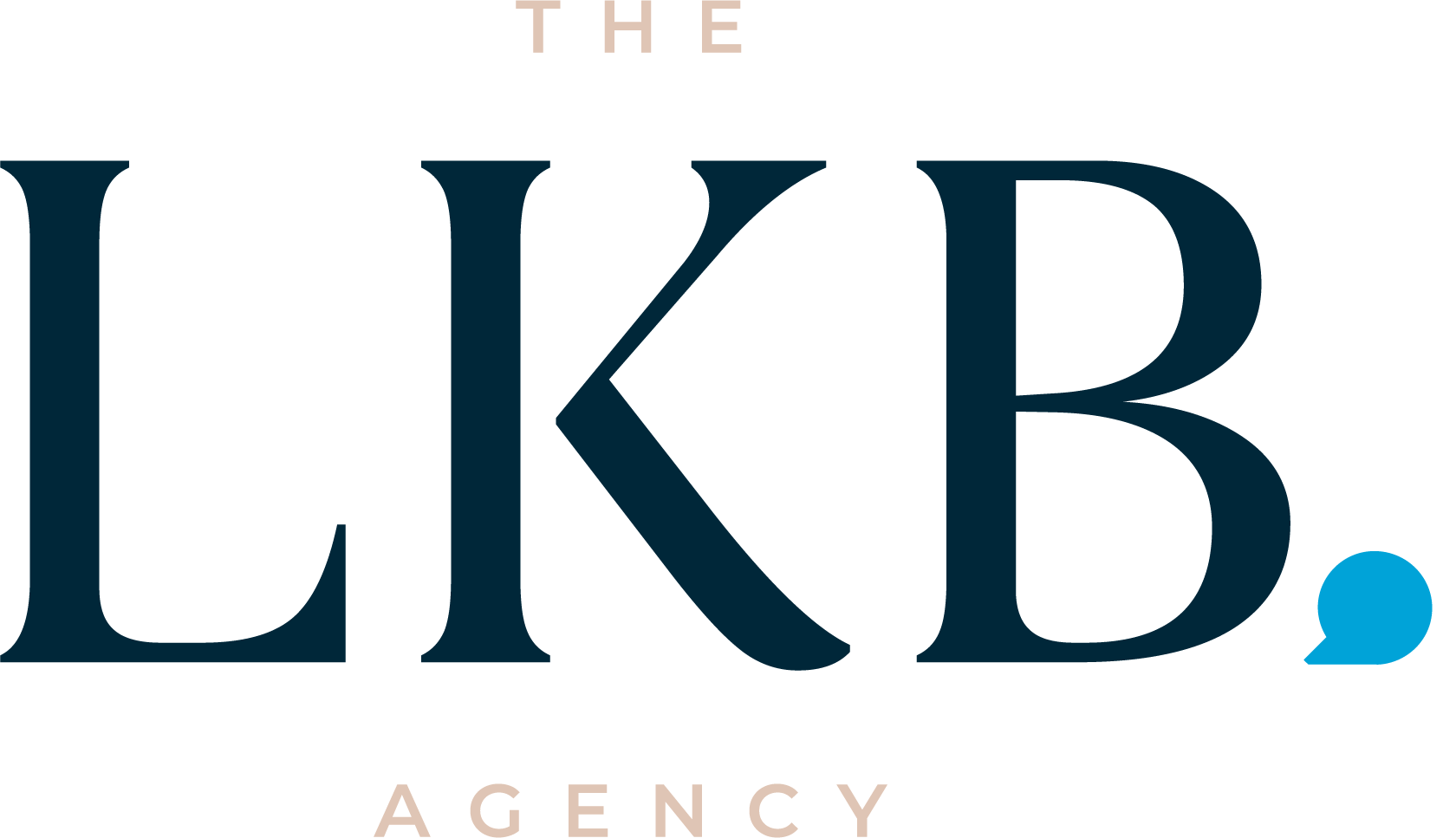Consultation on a community facilities policy
COMMUNITY ENGAGEMENT | STAKEHOLDER ENGAGEMENT STRATEGY
An end-to-end engagement campaign to consult the Canterbury Bankstown community on a new community facilities policy.
Client
City of Canterbury Bankstown
Challenge
LKB was engaged by the City of Canterbury Bankstown to consult the local community on the guiding principles and framework for the development of a new city-wide Community Facilities Policy. Council wished to create these principles in consultation with the community to understand their needs and ideas about how the new policy can work best for everyone.
There are approximately 150 community organisations across the culturally diverse City of Canterbury Bankstown who needed to have input into the guiding principles of the Policy to enable the development of a consistent approach to the use of community facilities.
Strategy
LKB developed a comprehensive community engagement strategy that included co-design with key stakeholders to develop community workshops in an engaging way that considers the LGA’s diverse CALD communities and demographics.
Our strategy included:
-
- Pre-consultation via a short quantitative survey with current users and the wider community to seek wider input on the principles which will inform the development of the policy. The online survey platform used is visually led and allowed LKB to develop multilingual surveys to maximise participation and comprehension.
- A series of one-to-one meetings with key impacted community organisations and stakeholders.
- A co-design workshop with key stakeholders to refine the communication and engagement approach collaboratively with key members of community organisations, self-nominations from the pre-consultation survey and key council staff.
- A series of facilitated face-to-face workshops and virtual workshops across the city of Canterbury Bankstown using visual materials and translations (as needed) to cater to diverse groups and stakeholders.
Results
51 community members attended the in-person and virtual workshops and actively provided feedback on the draft guiding principles.
Conducted six stakeholder interviews to better understand impacted stakeholder needs and policy changes they would like to see going forward.
LKB has since been re-engaged to consult community members on the draft Community Facilities Policy.


